Colette: The Woman, the Writer
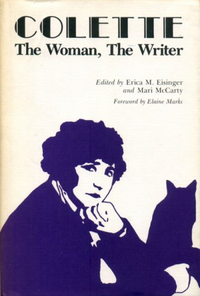
Summary
The link between women's identity and women's writing is explored through Colette's life and work, by twenty leading French and American critics and scholars. How did a self-styled 'woman born not to write' become one of the most honored and successful writers of her time (1873-1954), while pursuing careers as musical performer, journalist, beautician, sensualist, and wife and mother? In what sense does Colette fit Louis Perche's description as 'the first woman in French literature to write as a woman'? These questions are addressed in a blending of modern feminist and critical perspectives, including structuralism and post-structuralist semiotics. In her foreword Elaine Marks celebrates a 'new' Colette, not merely the fabled personality but also the innovative artist of this book. Colette made her own rules different from those of her precursors and successors, male and female. Her unique vision is reflected in the ambiguity of her signs identifying gender, genre, social class, and level of discourse. Male and female body languages are often reversed. A first-person narrator, frequently called 'Colette,' is both observer and subject. Characters are déclassés, socially in flux. Popular and learned cultures are blended. The editors' introduction views Colette as opening a revolutionary gynocentric perspective, one that makes her the link between the old feminist literature and the new writing of French women since 1968. 'Colette's women,' say the editors, 'may struggle with simultaneous desires toward freedom and submission, but they refuse self-destruction.' They are survivors who epitomize the life force. And they are seekers who struggle for the freedom both to work and to love. 'Genesis,' the book's first section, presents those elements of Colette's experience and condition as a woman that seemingly impelled her to write. 'Gender and Genre' explores the interrelationship between Colette's life and work, between the contexts and the texts. The final section, 'Generation,' considers the production of meaning in Colette's 'a re-coding of woman.' Michèle Blin Sarde, Ann Cothran and Diane Crowder, Margaret Crosland, Claire Dehon, Anne Duhamel Ketchum, Erica Eisinger, Eleanor Reid Gibbard, Christiane Makward, Francoise Mallet-Joris, Man McCarty, Nancy K. Miller, Donna Norell, Suzanne Relyea, Yannick Resch, Sylvie Romanowski, Joan Hinde Stewart, Jacob Stockinger, Janet Whatley.
Similar Books
-
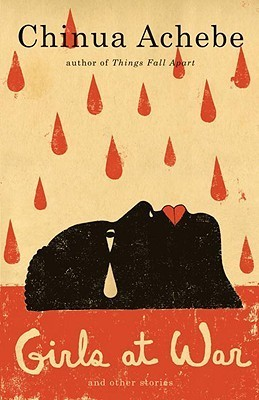 Girls at War and Other Stories
Girls at War and Other Storiesby Chinua Achebe
-
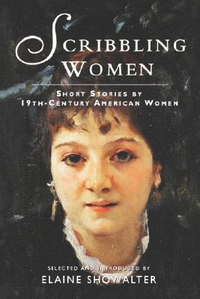 Scribbling Women: Short Stories by 19th-Century American Women
Scribbling Women: Short Stories by 19th-Century American Womenby Elaine Showalter
-
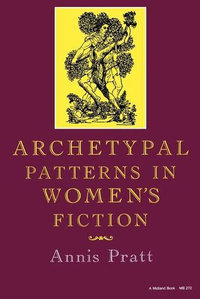 Archetypal Patterns in Women's Fiction
Archetypal Patterns in Women's Fictionby Annis Pratt
-
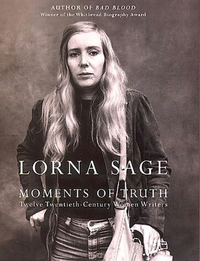 Moments of Truth: Twelve Twentieth-Century Women Writers
Moments of Truth: Twelve Twentieth-Century Women Writersby Lorna Sage
-
 Fresh Men 2: New Voices in Gay Fiction (Fresh Men)
Fresh Men 2: New Voices in Gay Fiction (Fresh Men)by Donald Weise
-
 Frankenstein's Daughters: Women Writing Science Fiction
Frankenstein's Daughters: Women Writing Science Fictionby Utopian and Science Fiction by Women Jane L. Donawerth
-
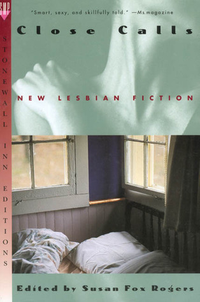 Close Calls: New Lesbian Fiction
Close Calls: New Lesbian Fictionby Susan Fox Rogers
-
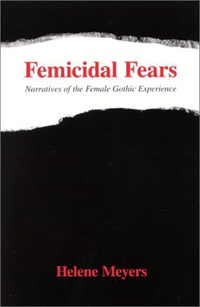 Femicidal Fears: Narratives of the Female Gothic Experience
Femicidal Fears: Narratives of the Female Gothic Experienceby Helene Meyers
-
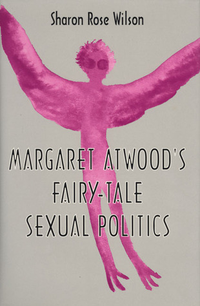 Margaret Atwood's Fairy-Tale Sexual Politics
Margaret Atwood's Fairy-Tale Sexual Politicsby Sharon Rose Wilson
-
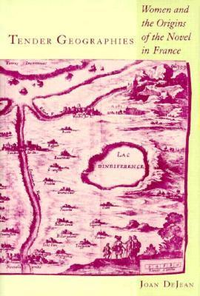
-
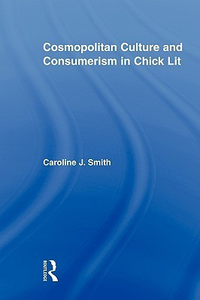 Cosmopolitan Culture and Consumerism in Chick Lit
Cosmopolitan Culture and Consumerism in Chick Litby Caroline J. Smith
-
 Utopian and Science Fiction by Women: Worlds of Difference
Utopian and Science Fiction by Women: Worlds of Differenceby Jane L. Donawerth
-
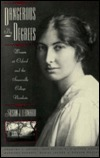 Dangerous by Degrees: Women at Oxford and the Somerville College Novelists
Dangerous by Degrees: Women at Oxford and the Somerville College Novelistsby Susan J. Leonardi
-
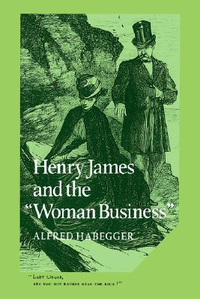 Henry James and the 'Woman Business'
Henry James and the 'Woman Business'by Alfred Habegger
-
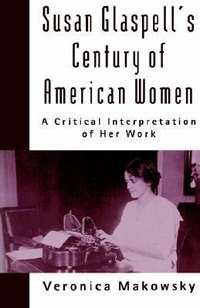 Susan Glaspell's Century of American Women: A Critical Interpretation of Her Work
Susan Glaspell's Century of American Women: A Critical Interpretation of Her Workby Veronica Makowsky
-
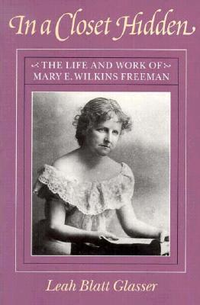 In a Closet Hidden
In a Closet Hiddenby Leah Blatt Glasser
-
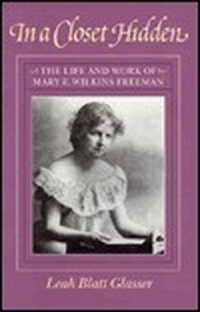 In a Closet Hidden: The Life and Work of Mary E. Wilkins Freeman
In a Closet Hidden: The Life and Work of Mary E. Wilkins Freemanby Leah Blatt Glasser
-
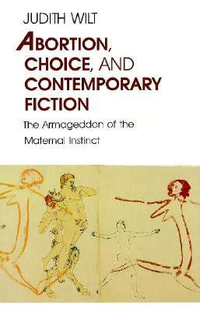
-
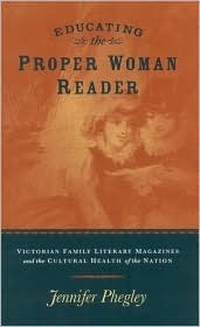
-
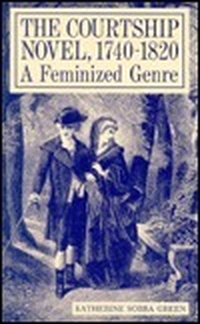 The Courtship Novel, 1740-1820: A Feminized Genre
The Courtship Novel, 1740-1820: A Feminized Genreby Katherine Sobba Green
-
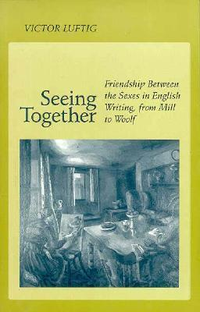
-
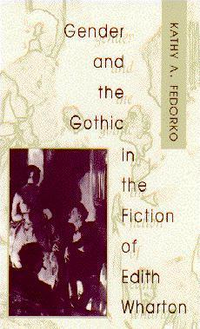 Gender and the Gothic in the Fiction of Edith Wharton
Gender and the Gothic in the Fiction of Edith Whartonby Kathy A. Fedorko
-
 Lurking Feminism: The Ghost Stories of Edith Wharton
Lurking Feminism: The Ghost Stories of Edith Whartonby Jenni Dyman
-
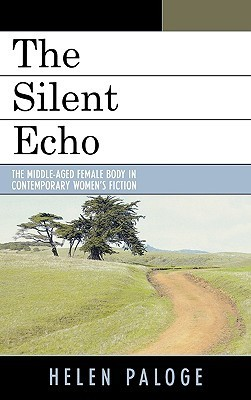
-
 The Senegalese Novel by Women: Through Their Own Eyes
The Senegalese Novel by Women: Through Their Own Eyesby Susan Stringer O'Keeffe
-
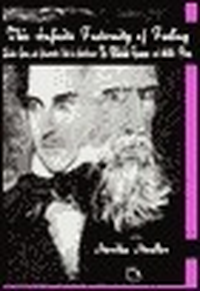
-
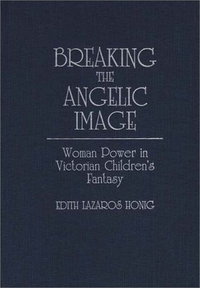 Breaking the Angelic Image: Woman Power in Victorian Children's Fantasy
Breaking the Angelic Image: Woman Power in Victorian Children's Fantasyby Edith Lazaros Honig
-
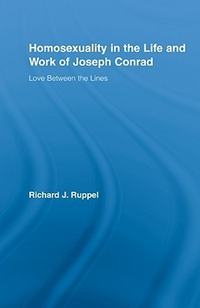 Homosexuality in the Life and Work of Joseph Conrad: Love Between the Lines
Homosexuality in the Life and Work of Joseph Conrad: Love Between the Linesby Richard J. Ruppel
-
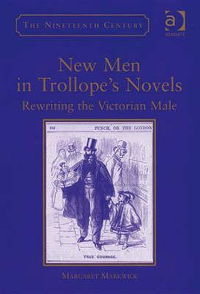 New Men in Trollope's Novels: Rewriting the Victorian Male
New Men in Trollope's Novels: Rewriting the Victorian Maleby Margaret Markwick